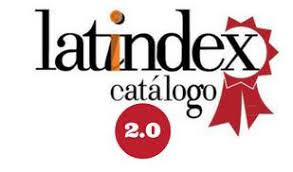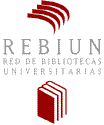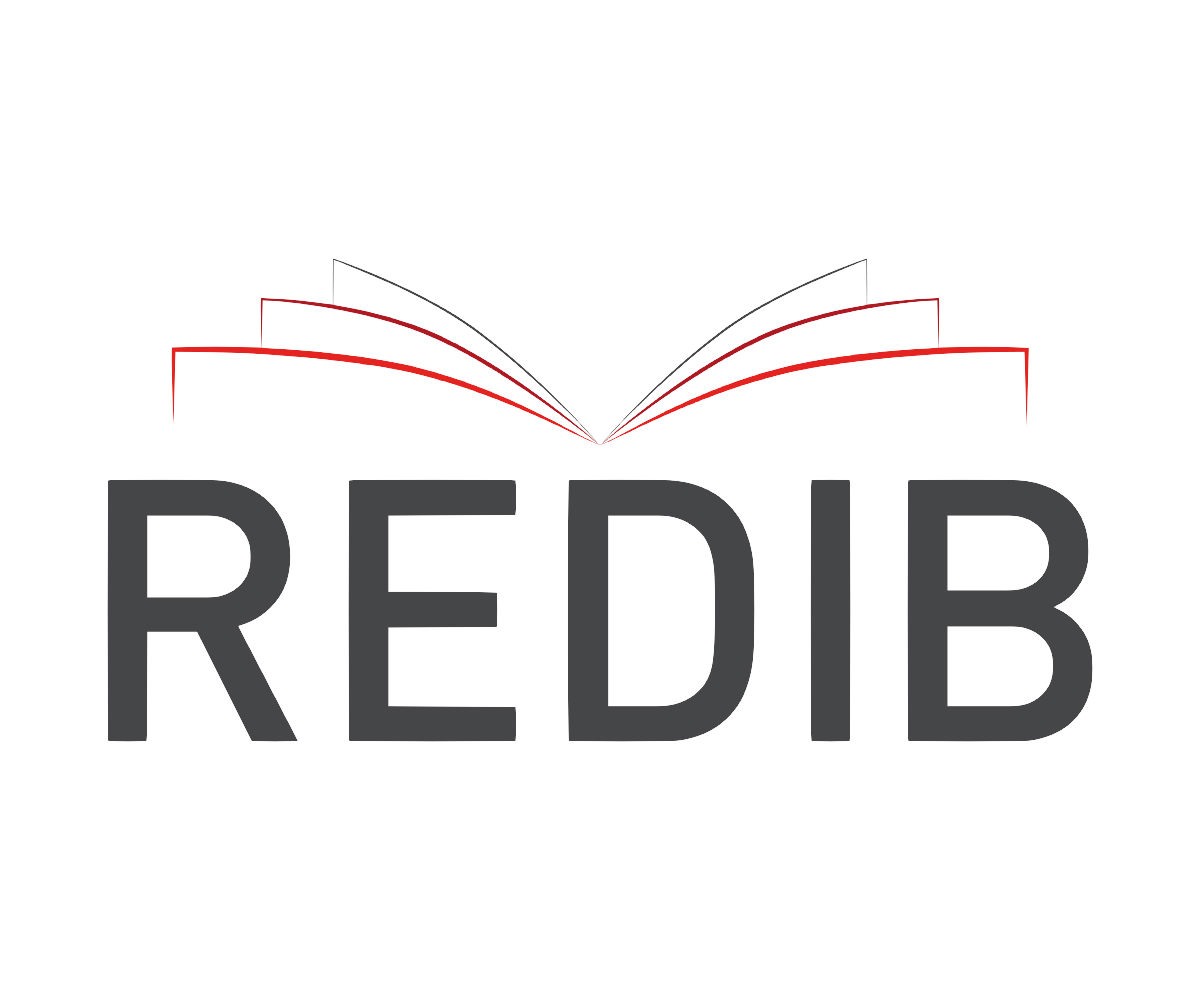Revitalization of the Kichwa Saraguro ancestral wattle and daub, Ecuador: conservation, adaptation, and dissemination of constructive heritage
DOI:
https://doi.org/10.22320/07190700.2025.15.01.09Keywords:
traditional architecture, mixed construction, modular panels, community participationAbstract
Construction with wattle and daub has evolved over time, but today faces the risk of disappearing due to material scarcity, a lack of labor, and a preference for "more durable and versatile" systems. This study explores the revitalization of wattle and daub, an ancestral construction technique of the Kichwa people of Saraguro, Ecuador, through a multi-stage mixed-methodological approach: material analysis, design, structural analysis, and the construction of a wattle and daub panel that integrates Andean iconography and adapts to contemporary concrete, metal, and wood porticos; and a practical workshop to disseminate and evaluate the feasibility of construction through mingas (communal participation). The results highlight the viability of wattle and daub in contemporary construction, with its affordable cost and structural efficiency. Its use was promoted by encouraging community participation and the transmission of ancestral knowledge. It is an alternative for contemporary construction, preserving cultural identity and adapting to environmental challenges.
Downloads
References
CALDERÓN, A. (1985). Saraguro huasi: La casa en la "tierra del maíz". Banco Central del Ecuador.
CEVALLOS SALAS (2003). El bahareque en zonas sísmicas. En J. A. Cordero, E. J. Martínez, y C. Martins Neves (Eds.), Técnicas mixtas de construcción con tierra (pp. 37-48). Proterra. https://redproterra.org/wp-content/uploads/2020/06/3_PP-T%C3%A9cnicas-Mixtas_2003.pdf
CORDERO, J. A., MARTÍNEZ, E. J., y MARTINS NEVES C. (Eds.). (2003). Construção com terra. Catálogo de la exposición proterra. PROTERRA https://redproterra.org/wp-content/uploads/2020/05/6_OA-Exposici%C3%B3n-PROTERRA-CYTED_2002-2006.pdf
CORRALES BLANCO, J. C., PINEDA IRIARTE, A. P., y SALAZAR RODRÍGUEZ, C. C. (2021). Revalorización de la arquitectura vernácula. Módulo de vivienda para una comunidad asháninka de Alto Kamonashiarii. Limaq, (7), 175–200. https://revistas.ulima.edu.pe/index.php/Limaq/article/view/5337/5107 DOI: https://doi.org/10.26439/limaq2021.n007.5185
CRISTANCHO BARRIOS, K. J. (2024). Análisis del comportamiento de muros en bahareque de tierra ante cargas horizontales [Tesis de Magíster, Pontificia Universidad Javeriana]. Pontificia Universidad Javeriana, Centro de recursos para el Aprendizaje y la Investigación. https://vitela.javerianacali.edu.co/items/906ec3c8-a336-440f-b985-5cc164bccd34
GONZALO SÁNCHEZ, V. (2012). Morteros de barro estabilizados con fibras de paja, esparto y sisal para su uso como revestimientos [Tesis de maestría, Universidad Politécnica de Madrid]. Repositorio Institucional Universidad Politécnica de Madrid. https://oa.upm.es/14429/
GUERRERO BACA, L. F. (2017). Pasado y porvenir de la construcción con bajareque. Gremium, 4(8), 69-80. https://doi.org/10.56039/rgn08a07 DOI: https://doi.org/10.56039/rgn08a07
ICOMOS (1999). Carta del Patrimonio vernáculo construido. Ratificada por la 12a asamblea general en México. https://culturapedia.com/wp-content/uploads/2020/09/1999-carta-patr-vernaculo.pdf
Inga, A. (2021). Arquitectura Kichwa Saraguro: Tradición y futuro. Universidad Central del Ecuador.
Instituto Nacional de Estadística y Censos [INEC]. (2022). Resultados del Censo de Población y Vivienda 2022. https://www.censoecuador.gob.ec/public/Boletin_Nacional.htm
Junta del Acuerdo de Cartagena. (1984). Manual de diseño para maderas del Grupo Andino. Junta del Acuerdo de Cartagena, Lima, Perú. https://construccionesuce.wordpress.com/2022/01/05/manual-de-diseno-para-maderas-del-grupo-andino/
LOZANO GUAMÁN, A. K. K. (2016). Etnografía de la arquitectura vernácula del Pueblo Saraguro [Tesis de licenciatura, Universidad Politécnica Salesiana]. Repositorio Institucional de la Universidad Politécnica Salesiana. https://dspace.ups.edu.ec/handle/123456789/13208
LOZANO GUAMÁN, A. K. K. (2021). Los valores formales de la arquitectura tradicional del pueblo Saraguro, pertinentes al movimiento moderno: Estudio tipológico de la arquitectura tradicional en la comunidad Lagunas, parroquia Saraguro [Tesis de maestría, Universidad de Cuenca]. Repositorio Institucional Universidad de Cuenca. https://dspace.ucuenca.edu.ec/handle/123456789/37454
LÓPEZ-MARTÍNEZ, O., y TORRES GARIBAY, L. A. (2023). Viviendas de bajareque y adobe en el Istmo de Oaxaca, México: una descripción post sismo. En A. Ferreiro, Z. Salcedo Gutierrez, y C. Neves (Eds.). 21º SIACOT- 21º Seminario Iberoamericano de Arquitectura y Construcción con Tierra, Bogotá y Tibasosa- Colombia, 9 al23 de noviembre de 2023. Memorias (Vol. 21, pp. 498-507). Proterra. https://redproterra.org/wp-content/uploads/2024/01/Memorias-com-ISBN-janeiro.pdf
MARSH, A. T. M., y KULSHRESHTHA, Y. (2021). The state of earthen housing worldwide: how development affects attitudes and adoption. Building Research & Information, 50(5), 485–501. https://doi.org/10.1080/09613218.2021.1953369 DOI: https://doi.org/10.1080/09613218.2021.1953369
Martínez, L., González, M., y Herrera, A. (2015). Iconografía de la cultura Cañari y su influencia en la región andina. Editorial Abya-Yala. DOI: https://doi.org/10.15658/CESMAG15.05060206
Ministerio de Desarrollo Urbano y Vivienda [MIDUVI]. (2014a). NEC-SE-DS: Peligro Sísmico, diseño sismo resistente. https://www.habitatyvivienda.gob.ec/documentos-normativos-nec-norma-ecuatoriana-de-la-construccion/
Ministerio de Desarrollo Urbano y Vivienda [MIDUVI]. (2014b). NEC-SE-GC: Geotecnia y cimentaciones. https://www.habitatyvivienda.gob.ec/wp-content/uploads/2023/03/7.-NEC-SE-GC-Geotecnia-y-Cimentaciones.pdf
Ministerio de Desarrollo Urbano y Vivienda [MIDUVI]. (2014c). NEC-SE-HM: Estructuras de hormigón armado. https://www.habitatyvivienda.gob.ec/wp-content/uploads/2023/03/8.-NEC-SE-HM-Hormigon-Armado.pdf
PACHECO, L. (2007). Diseño bioclimático en arquitectura vernácula. Instituto de Estudios Andinos.
PAHAUT, B., BRIZUELA BARROS, C., VIDELA, F., CUITIÑO, G., BELLMAN, L., PEISINO, L., CANAVESI, L., MATAR ARTURO, M., ARAMBURU, M. D., CASTAÑO LLUGARD, M., COSTAMAGNA, P., y CABRERA, S. (2020). Protocolo de ensayos de campo para la identificación de suelos. Red Argentina Protierra. https://redprotierra.com.ar/wp-content/uploads/2020/11/Protocolo-de-ensayos-de-campo-para-la-identificaci%C3%B3n-de-suelos.pdf
NEVES, C., SALCEDO GUTIERREZ, Z., y BORGES FARIA, O. (Eds.). (2017). 17º SIACOT Tierra identidades – 17º Seminario Iberoamericano de Arquitectura y Construcción con Tierra, “Tierra –Identidades”, Memorias. PROTERRA. https://redproterra.org/wp-content/uploads/2020/06/17-SIACOT-Bolivia-2017.pdf
PESÁNTEZ PESÁNTEZ, J. F., y TAPIA VERA, C. M. (2018). Una alternativa constructiva: pisos de tierra con fibra de cabuya y cascarilla de arroz. Memorias del Seminario Iberoamericano de Arquitectura y Construcción con Tierra - SIACOT, (18), 148-157. https://revistas.udelar.edu.uy/OJS/index.php/msiacot/article/view/1115
UNE. (2007). UNE-EN 1015-11:2000/A1:2007, Métodos de ensayo de los morteros para albañilería.
UNESCO (2003). Convención para la salvaguardia del patrimonio cultural inmaterial. https://culturapedia.com/wp-content/uploads/2020/09/2003-convencion-salvaguardia-patrimonio-inmaterial.pdf
UNESCO (2024). Convención para la salvaguardia del patrimonio cultural inmaterial. https://ich.unesco.org/es/convenci%C3%B3n
VACACELA ALBUJA, N. P., y ASTUDILLO CORDERO, J. P. (2015). Paneles de bahareque prefabricado y aplicación a una vivienda [Tesis de pregrado, Universidad de Cuenca]. Red de Repositorios Latinoamericanos. https://repositorioslatinoamericanos.uchile.cl/handle/2250/1130507
Downloads
Published
How to Cite
Issue
Section
License
Copyright (c) 2025 Flor Margarita Lozano-Guamán, Andrea Jaramillo-Benavides, Kuty Lozano-Guamán

This work is licensed under a Creative Commons Attribution-ShareAlike 4.0 International License.
The content of articles which are published in each edition of Habitat Sustentable, is the exclusive responsibility of the author(s) and does not necessarily represent the thinking or compromise the opinion of University of the Bio-Bio.
The author(s) conserve their copyright and guarantee to the journal, the right of first publication of their work. This will simultaneously be subject to the Creative Commons Recognition License CC BY-SA, which allows others to share-copy, transform or create new materials from this work for non-commercial purposes, as long as they recognize authorship and the first publication in this journal, and its new creations are under a license with the same terms.



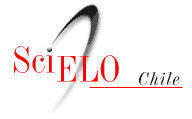
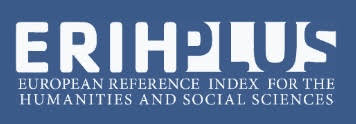




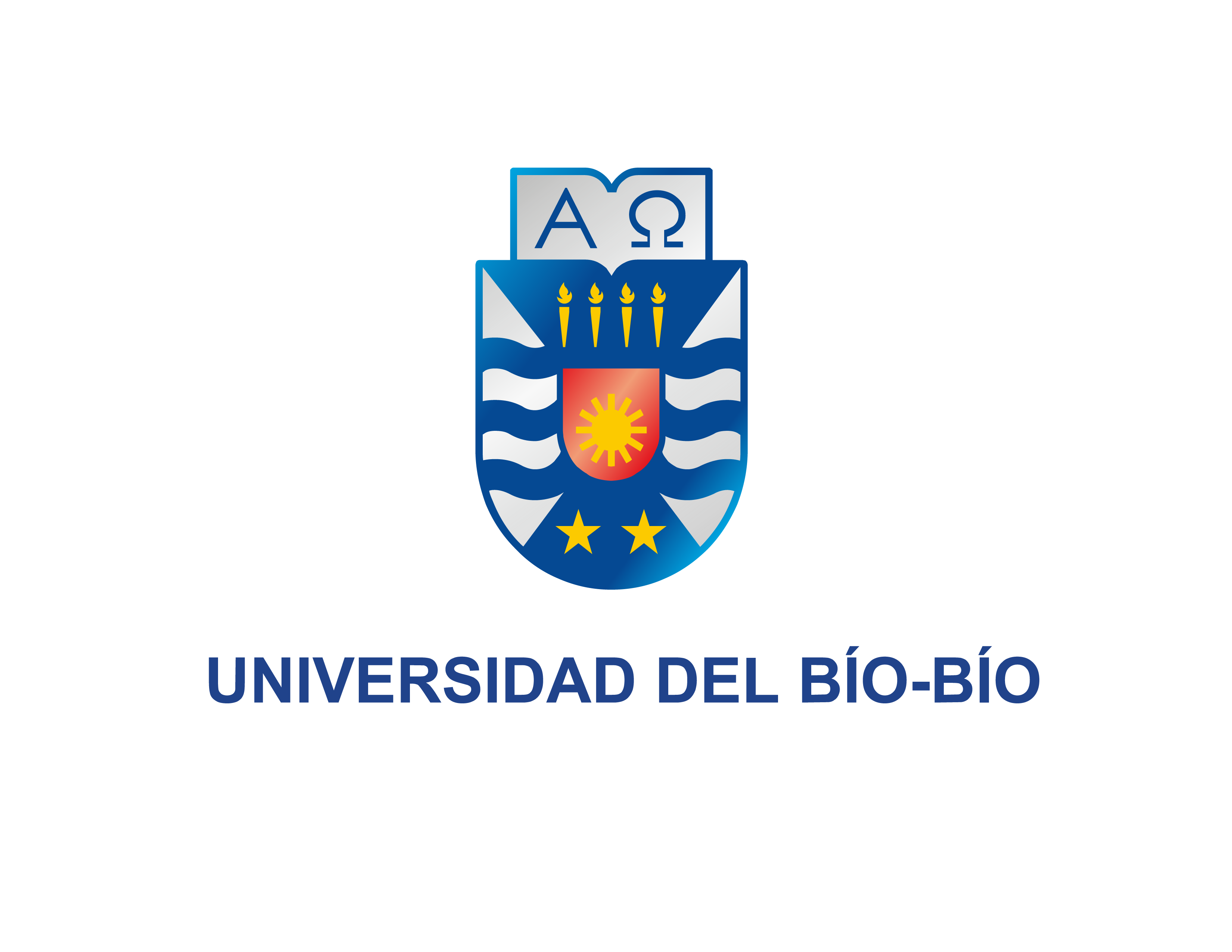

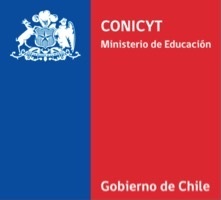 Scientific Information Program/Concurso Fondos de Publicación de Revistas Científicas 2018/ Proyecto Mejoramiento de Visibilidad de Revistas UBB (Código:FP180007).
Scientific Information Program/Concurso Fondos de Publicación de Revistas Científicas 2018/ Proyecto Mejoramiento de Visibilidad de Revistas UBB (Código:FP180007).
